Gorgeous Red Dao costumes
The traditional costume of Red Dao women includes shirt, pants, headscarf, belt and accompanying jewelry. The costumes have basic colors: red, blue, white, yellow, black, in which red is the main tone. According to the concept of Red Dao people, red brings happiness, luck and all good things to people.
The ao dai (lui dao) is the highlight and the most important part of the outfit with two red cotton strings on both sides of the shirt flap. The decoration on the flap, hem, and slit are wide patterns. The sleeve openings are similar to the flap, with water wave patterns mixed with other patterns to add more colorfulness to the body of the shirt. On both sides of the slit is a string of beads with red and yellow tassels attached at the top. The ao dai is sewn with two layers of fabric so it is quite thick. Worn inside the ao dai is a small shirt (lui ton) made of self-woven fabric dyed indigo, with a round collar, around the neck a red fabric border, with two parallel rows of silver flowers. The front chest is attached with a vertical row of thin rectangular silver pieces. The back is also decorated with silver flowers (nhạn piăng).
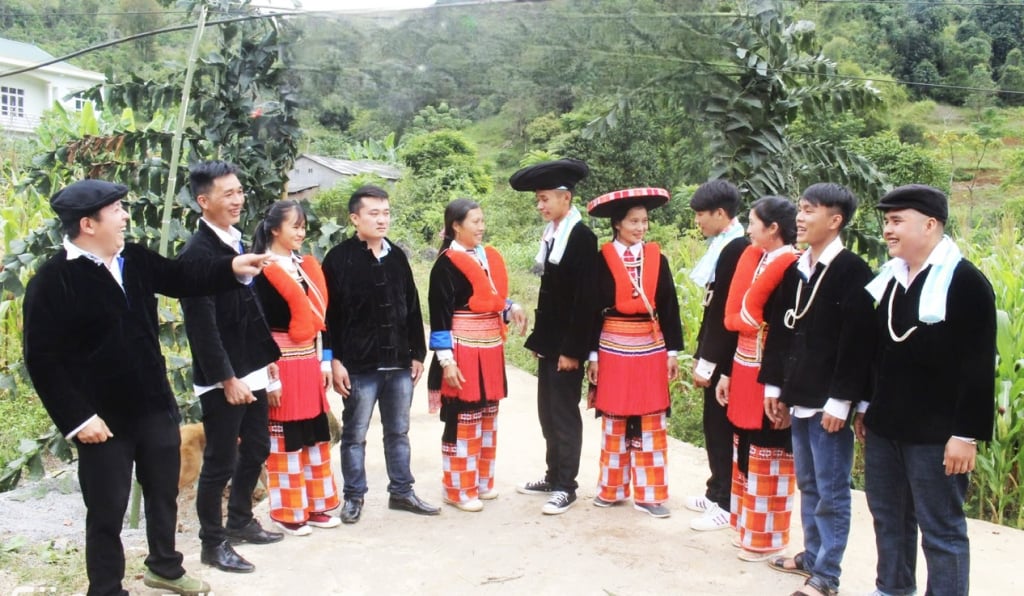
Ms. Trieu Thi Mai, a Red Dao person in Thanh Cong commune, shared: Every time I wear the traditional costume, I feel very proud. The red color is like a blessing from my ancestors. The turban must be wrapped very large and high, like a conical hat, showing the respect and virtue of women. Large, sparkling silver jewelry attached to the turban and bodice not only increases the elegance but is also considered a protective object and a precious dowry, showing wealth and virtue. My grandparents said that without silver jewelry, the outfit would lack soul and prayers for peace.
Next are the pants (watermelon) decorated with patterns from the hem to the knee. With the motifs embroidered into squares with white, yellow, and red thread. The main patterns are hills, waves, tears, and tiger paws.
With the Red Dao men's clothing, they wear indigo clothes like the Tay, Nung ethnic groups... the only difference is that the shirt is shorter. Notably, inside the indigo shirt, the Red Dao groom wears 3-7 shirts of different colors.
Red Dao women often create their own costumes with meticulous steps, requiring perseverance and dexterity. Before getting married, girls focus on embroidering, sewing, and completing their own costumes. This costume will follow them throughout their lives. Red Dao costumes use unique patchwork and punching embroidery techniques. Patterns are embroidered tightly and densely in important locations such as the hem, collar, chest, and headscarf. The motifs often describe daily life and religion: human figures, birds, terraced fields, ancient characters, etc. The embroidery stitches are combined with many different colors, creating a brilliant, sparkling visual effect. In addition to the costumes, Red Dao women also use jewelry such as: necklaces (3 pieces), bracelets, earrings, and relics.
The elegance and depth of Dao Tien costumes
If the Red Dao are as bright as flowers, the Dao Tien costumes are as quiet and profound as the poetry of the mountains and forests. Their beauty comes from the harmony and elegance of the two colors indigo and white, combined with the pinnacle of craftsmanship.
A complete costume of a Dao Tien woman includes: shirt, bib, leggings, belt, headscarf, long skirt and silver jewelry... In the Dao community, only Dao Tien women wear skirts printed with beeswax patterns.
What makes Dao Cao Bang costumes a cultural heritage is the sophisticated handcrafting technique, which requires extraordinary patience and innate artistic talent.
The beeswax painting technique is the “signature” of the Dao Tien people. To create the outstanding white patterns on the indigo background, they carry out a sophisticated process: Beeswax (must be Khoai beeswax) is melted. The woman uses a bamboo brush or a homemade copper nib to dot and draw patterns on the white cloth. Each tool is used to draw a certain type of shape: circle, square, or straight lines. After being painted, the cloth will be dyed indigo many times. The beeswax layer acts as a shield, preventing the dye from penetrating, keeping the pure white color of the original fabric. Finally, the cloth is dipped in boiling water, the beeswax melts and the delicate white patterns appear on the dark indigo background.
Ms. Dang Thi Lan, an elderly artisan in Tam Kim commune who has devoted her life to preserving the beeswax painting technique, emotionally shared: Beeswax painting requires a calm mind. You have to be meticulous, your hands must not shake, because one wrong line will ruin the whole piece of fabric. Each pattern is a message. When painting, you feel like you are talking to your ancestors, to the mountains and forests. This technique is not only a profession, but also a way for us to preserve cultural memories.
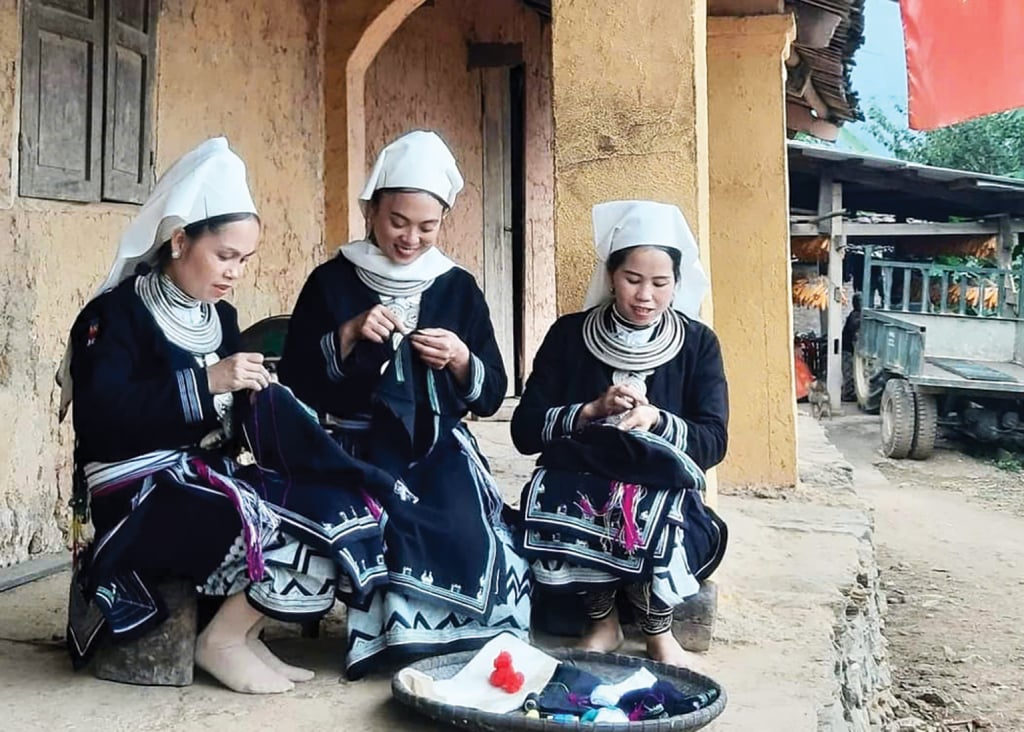
Dao Tien costumes, especially the ao dai of Dao Tien women, are usually made from two pieces of fabric folded in half. The two front panels are separate, with a band from the collar down to the slit. The sleeves and the panel are embroidered with decorative patterns. On the panel are attached two rows of large silver coins, standing out against the indigo background of the shirt. On the collar and back panel is attached a cluster of silver coins, usually from 6 to 12 coins. Dao Tien women often wear many silver necklaces and beaded necklaces, creating a graceful, sparkling look when moving.
In the life of the Dao people, the costume is more valuable than gold and silver, because it is the bridge between the present and the past. A complete set of Dao costumes, including silver jewelry, can cost up to nearly 100 million VND, but its spiritual value is immeasurable.
In the trend of cultural integration and exchange, the preservation of traditional costumes faces many challenges. However, in Cao Bang, the Dao people are making efforts to preserve this heritage in many creative and practical ways. Many localities, such as the Dao hamlets in Nguyen Binh, Thanh Cong, Tam Kim, Phan Thanh... have established cultural and artistic clubs, traditional embroidery classes, attracting a large number of young girls and children to participate. This is the best way to prevent the beeswax painting technique and complex embroidery techniques from being lost. At the same time, the costumes are associated with community tourism . At Hoai Khao community tourism village, Thanh Cong commune, the image of Dao girls in colorful costumes has become an attractive symbol for tourists, turning cultural preservation into a sustainable livelihood, motivating people to continue preserving traditional crafts.
The Dao ethnic costume in Cao Bang, with its brilliant or profound beauty, remains a priceless heritage and the pride of the people. It is a strong affirmation that, despite the changes in time, the spirit of the mountains and the ethnic identity are always woven vividly and persistently.
Source: https://baocaobang.vn/net-dep-trang-phuc-dan-toc-dao-o-cao-bang-3181823.html


![[Photo] The Third Patriotic Emulation Congress of the Central Internal Affairs Commission](https://vphoto.vietnam.vn/thumb/1200x675/vietnam/resource/IMAGE/2025/10/30/1761831176178_dh-thi-dua-yeu-nuoc-5076-2710-jpg.webp)
![[Photo] Prime Minister Pham Minh Chinh attends the 5th National Press Awards Ceremony on preventing and combating corruption, waste and negativity](https://vphoto.vietnam.vn/thumb/1200x675/vietnam/resource/IMAGE/2025/10/31/1761881588160_dsc-8359-jpg.webp)
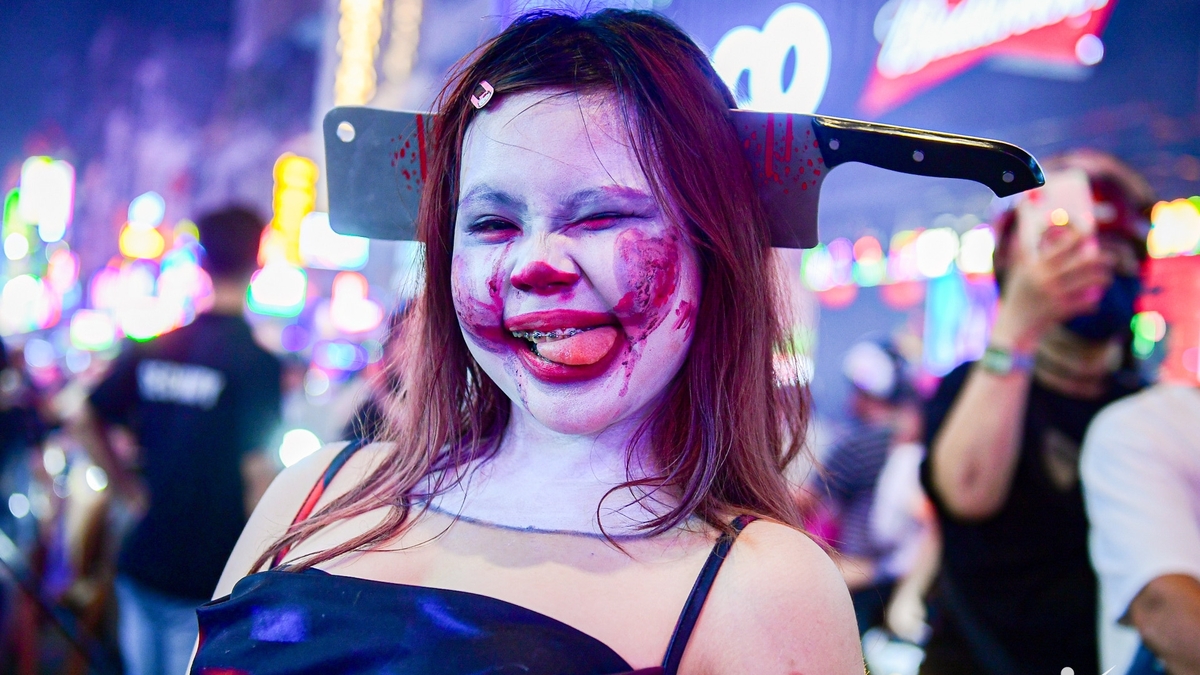
![[Photo] General Secretary To Lam attends the Vietnam-UK High-Level Economic Conference](https://vphoto.vietnam.vn/thumb/1200x675/vietnam/resource/IMAGE/2025/10/30/1761825773922_anh-1-3371-jpg.webp)
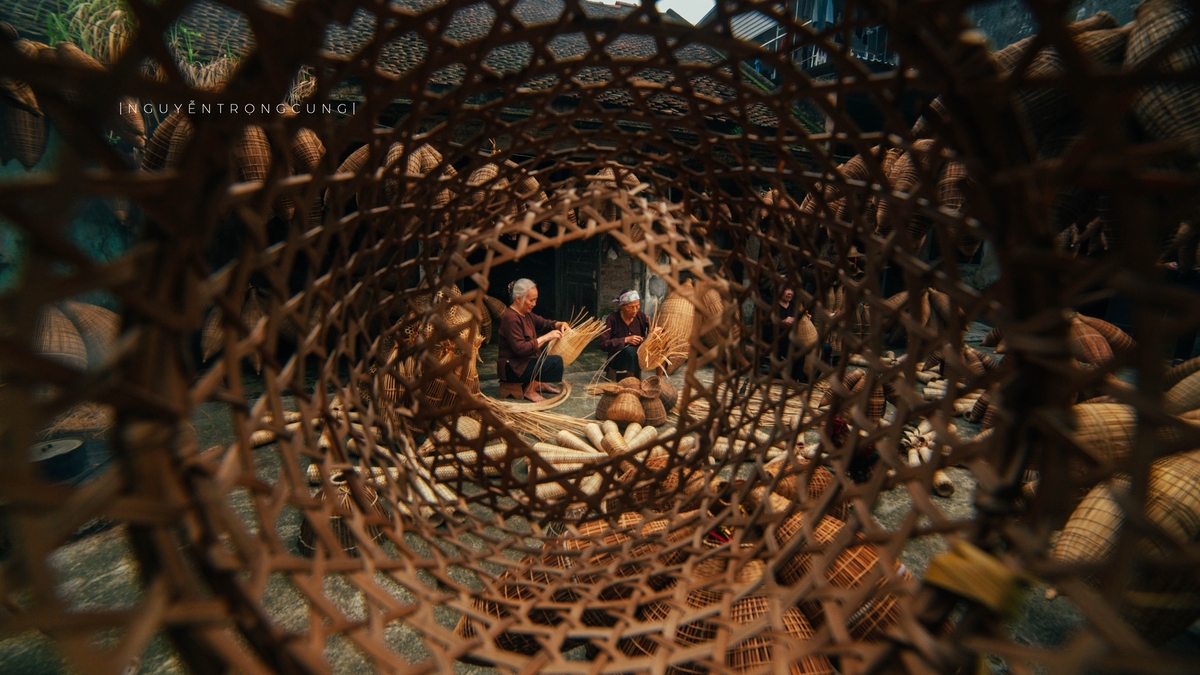

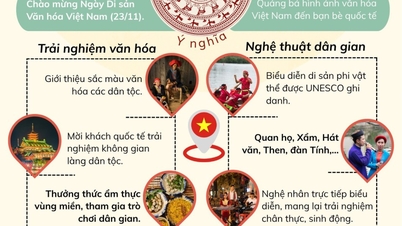

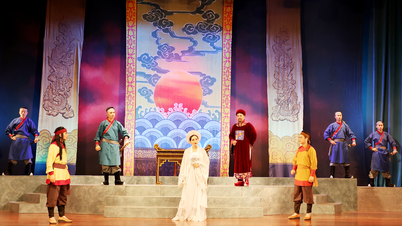

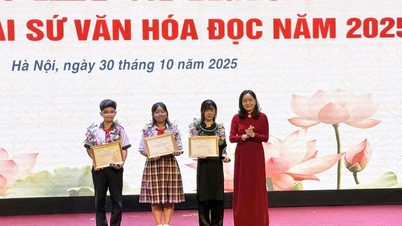

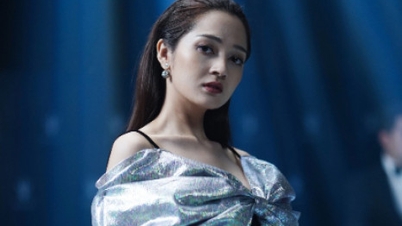

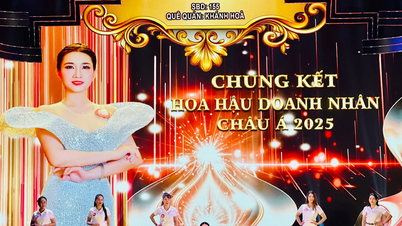

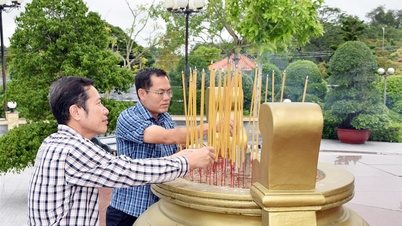






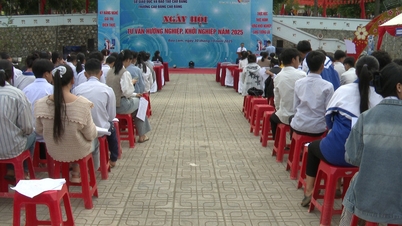

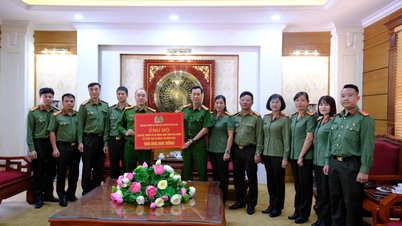
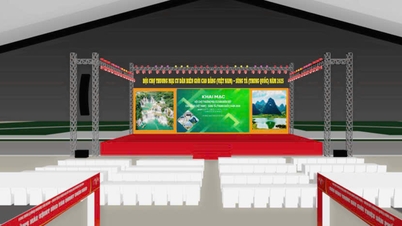

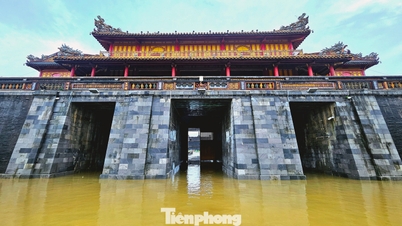



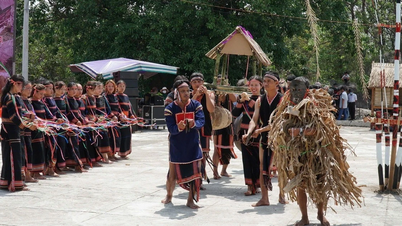





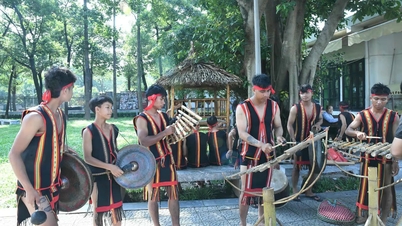

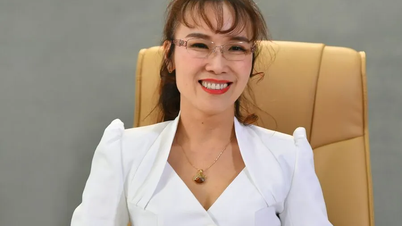

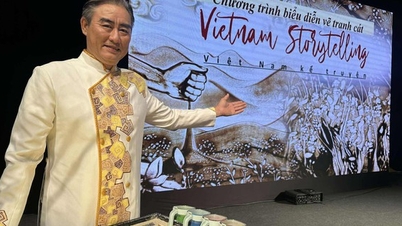

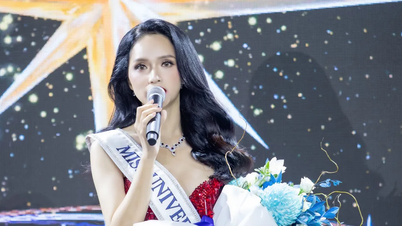

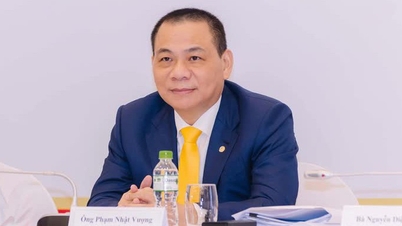

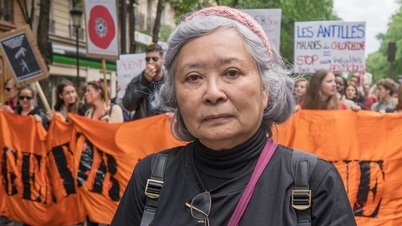

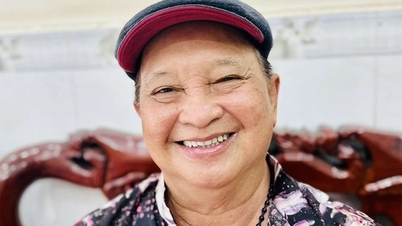
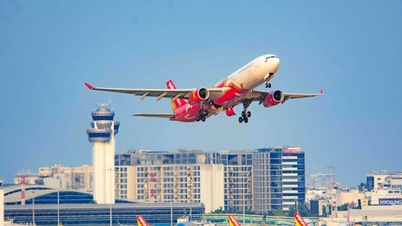



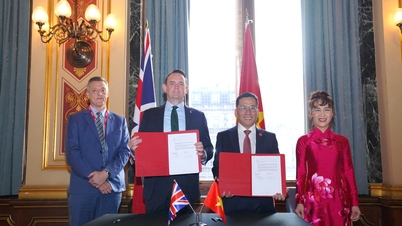

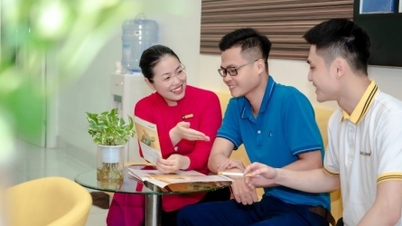
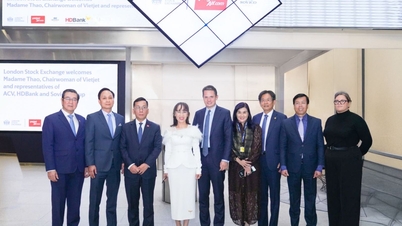










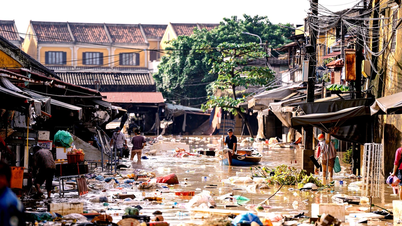


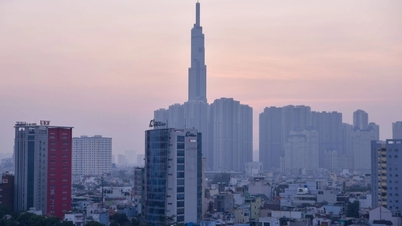
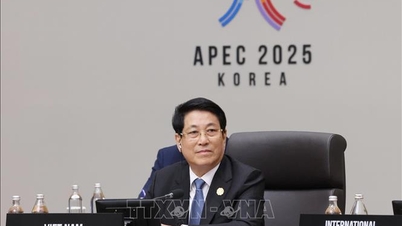
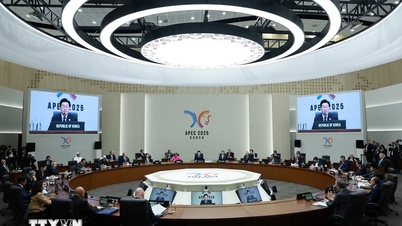
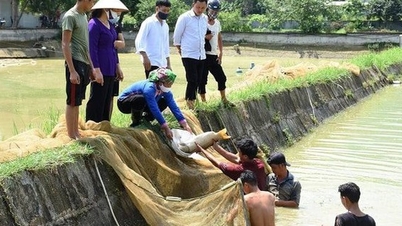
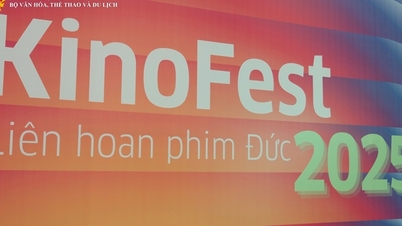


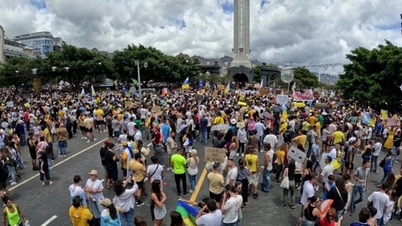
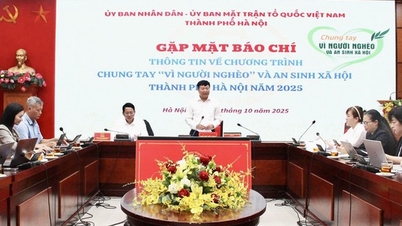


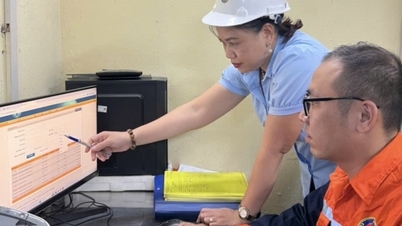
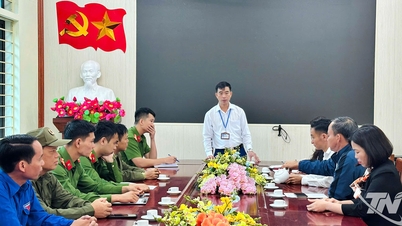

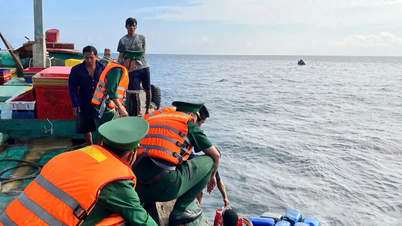
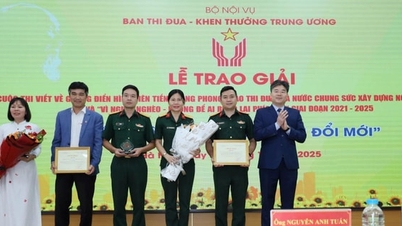

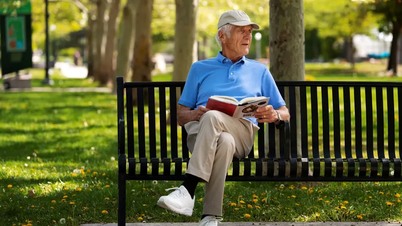
















Comment (0)